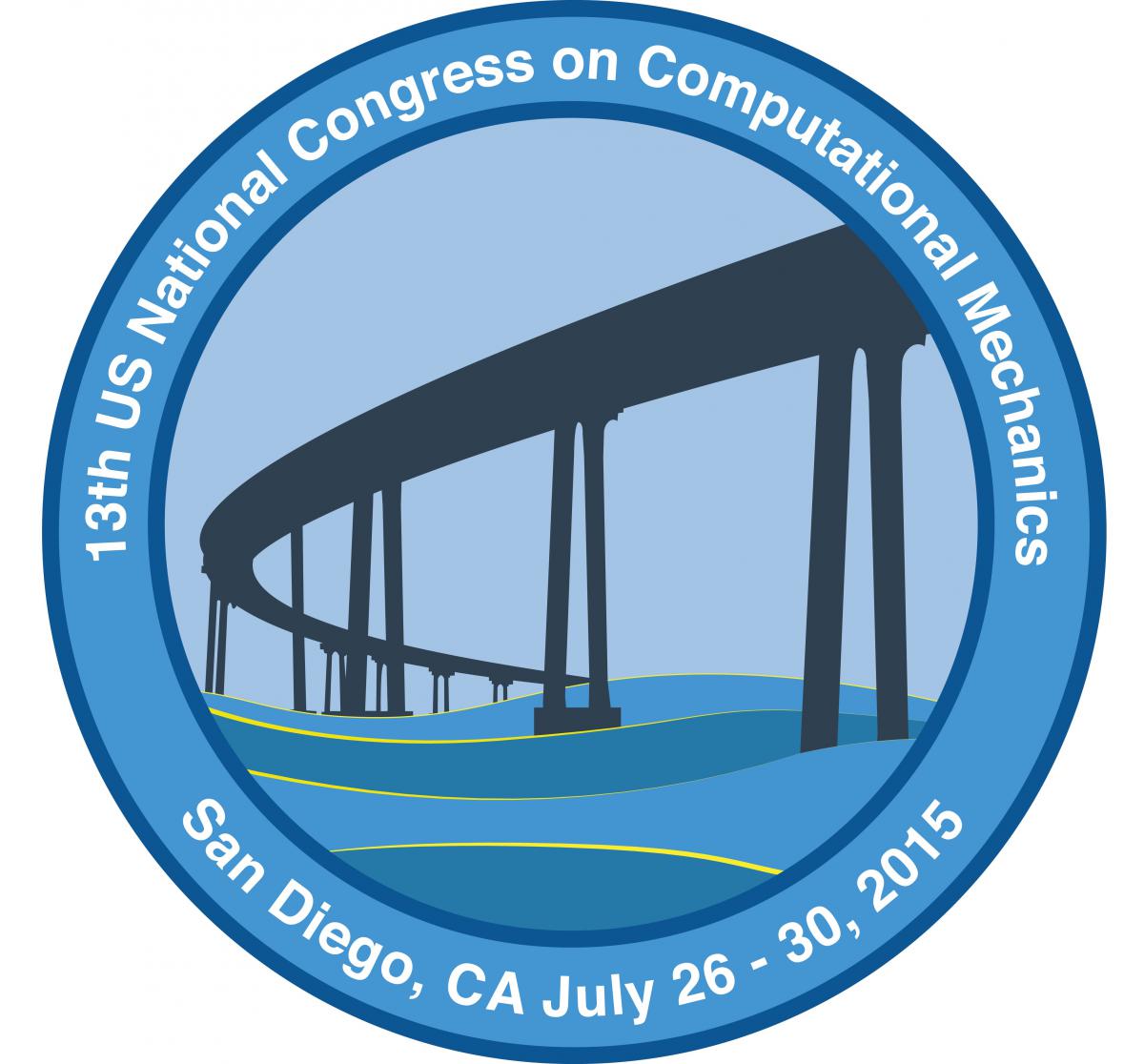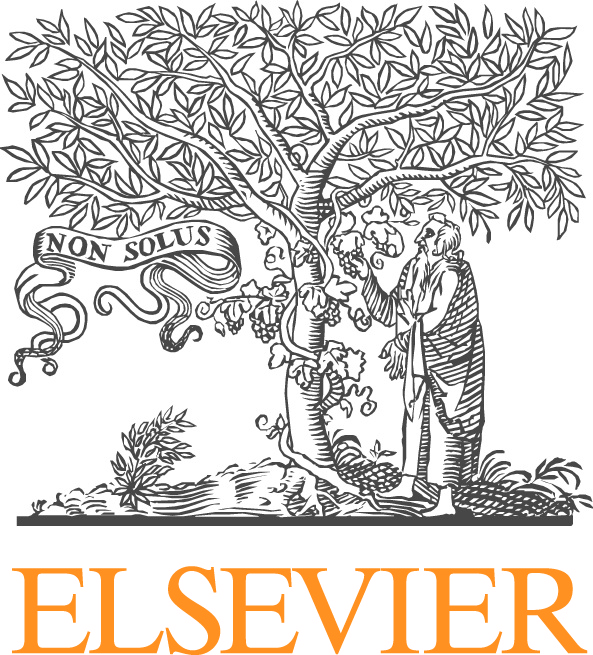Short Course: Predictive Theoretical and Computational Approaches to Additive Manufacturing
Instructors (all from Northwestern University)
Wing Kim Liu, (Integrated Computational Materials Engineering and Mechanics)
(http://www.tam.northwestern.
Jian Cao, (manufacturing and mechanics)
(http://www.mccormick.
Wei Xiong,(materials science)
3D printing or additive manufacturing refers to the various processes for printing three-dimensional objects. The Laser Engineered Net Shaping (LENS) and selected laser melting (SLM) process deposits layers of metallic particles on a substrate and fuses them via a high-powered laser. The accumulation of these fused layers yield a final 3-D component with desired complex geometrical shapes which in many cases would be impossible by other manufacturing methods. However, for implementation of such components in a fully operational system, an aircraft engine for example, a much more comprehensive study of the subscales of the material and their corresponding behaviors is required. Repeatability and control of the microstructure, and subsequently the final material properties, of manufactured components from the standpoint of process parameters such as laser power, feed-rate, hatch spacing, layer depth, and others is incredibly important. Due to the highly localized nature of the key physics and mechanics of the process we must turn to multiscale simulation methods which give us the capability of extracting the essence of the phenomena that occur within these fine-scale regions. Additive manufacturing also provides an excellent materials design challenge. The material microstructure constituents are inherently modularized by the powder mixing process which combines a specific composition of assorted materials to obtain desirable material properties for the component. We turn to multiscale simulation and design for a combined optimization of the (1) material composition, (2) material microstructure, and (3) process parameters for direct control of the product-level performance.
Three Two-hour lectures are planned:
Lecture 1: An overview of AM Processes; Jian Cao
Lecture 2: Computational Challenges; and (Wing Kam Liu and Wei Xiong)
Lecture 3: Modeling Development (Wing Kam Liu and Wei Xiong)





